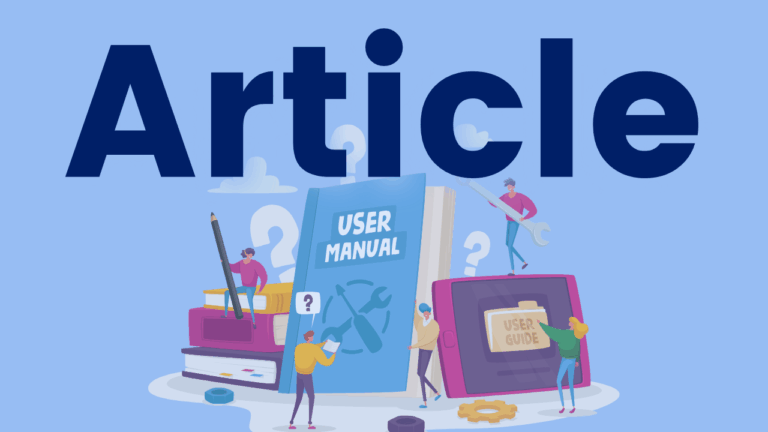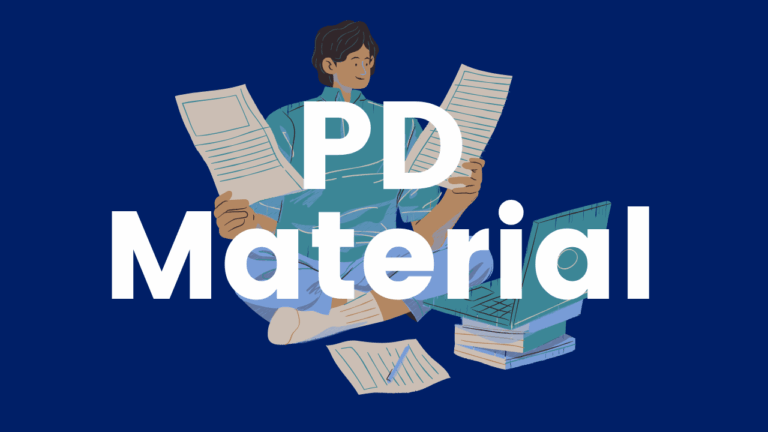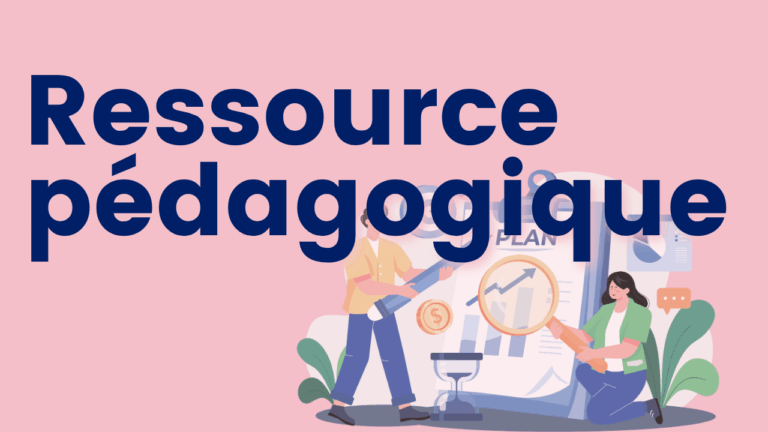Intensifying Literacy Instruction: Essential Practices
This document summarizes five key priorities in intensifying literacy practices for students who struggle: knowledge and use of a learning progression, designing and using an evidence-based intervention platform, ongoing data-based decision-making, adapting to increase the intensity of intervention, and infrastructures (systems) to support students with severe and persistent literacy needs.






